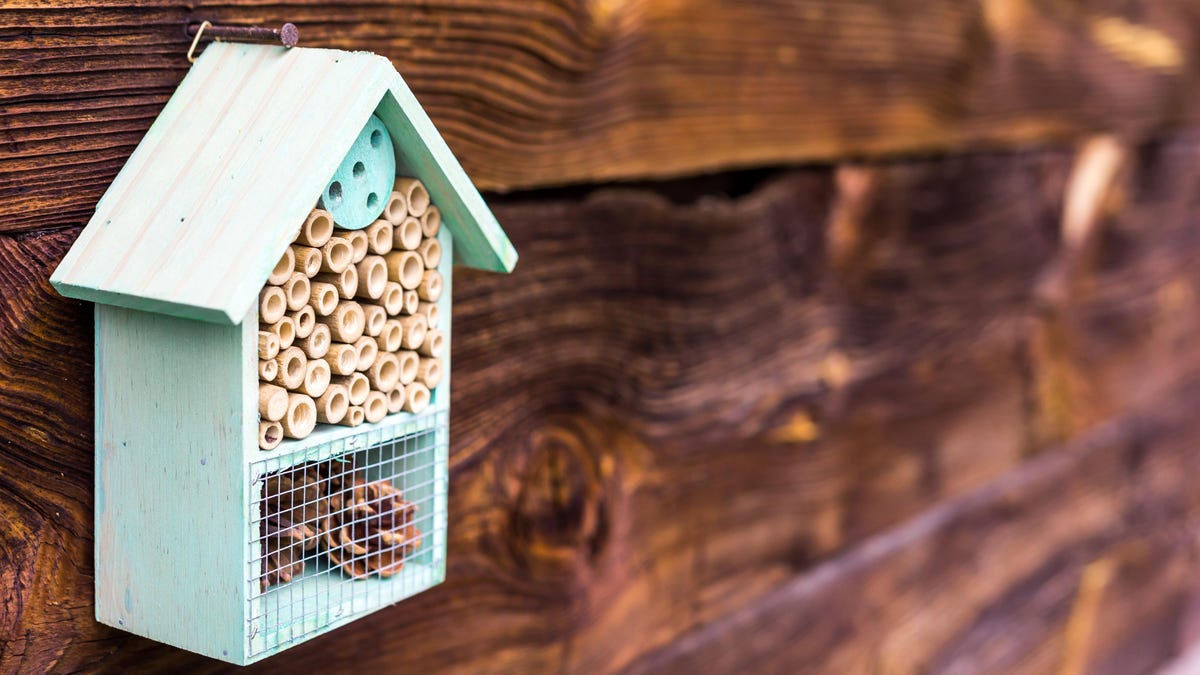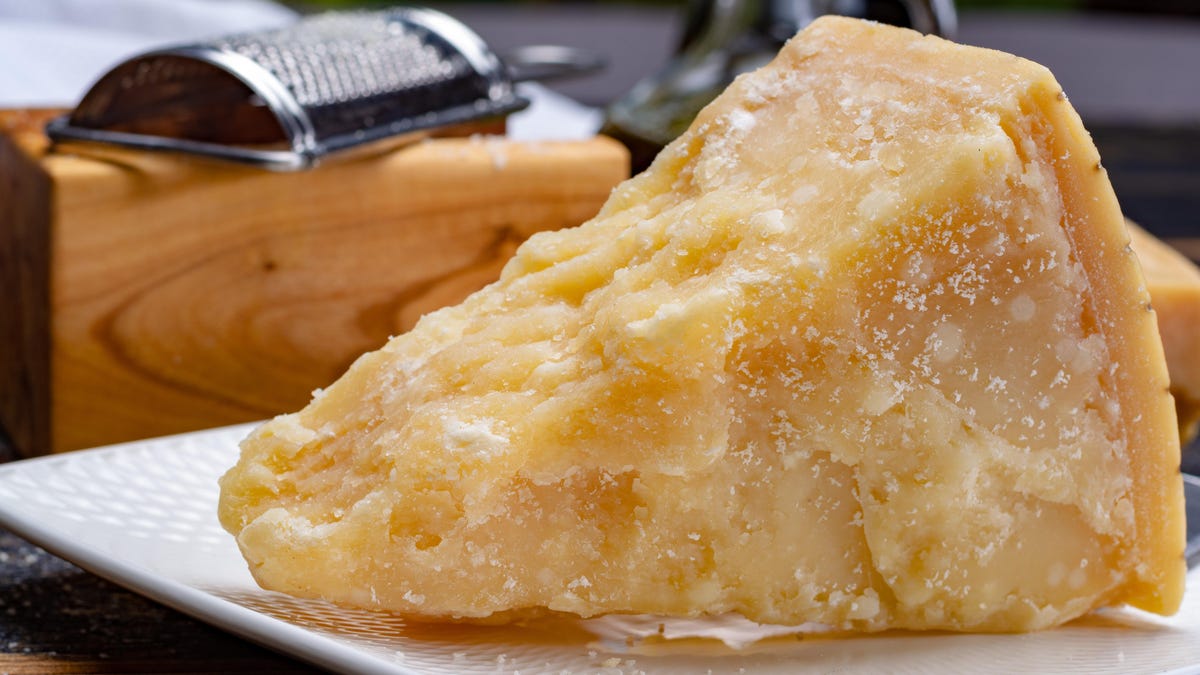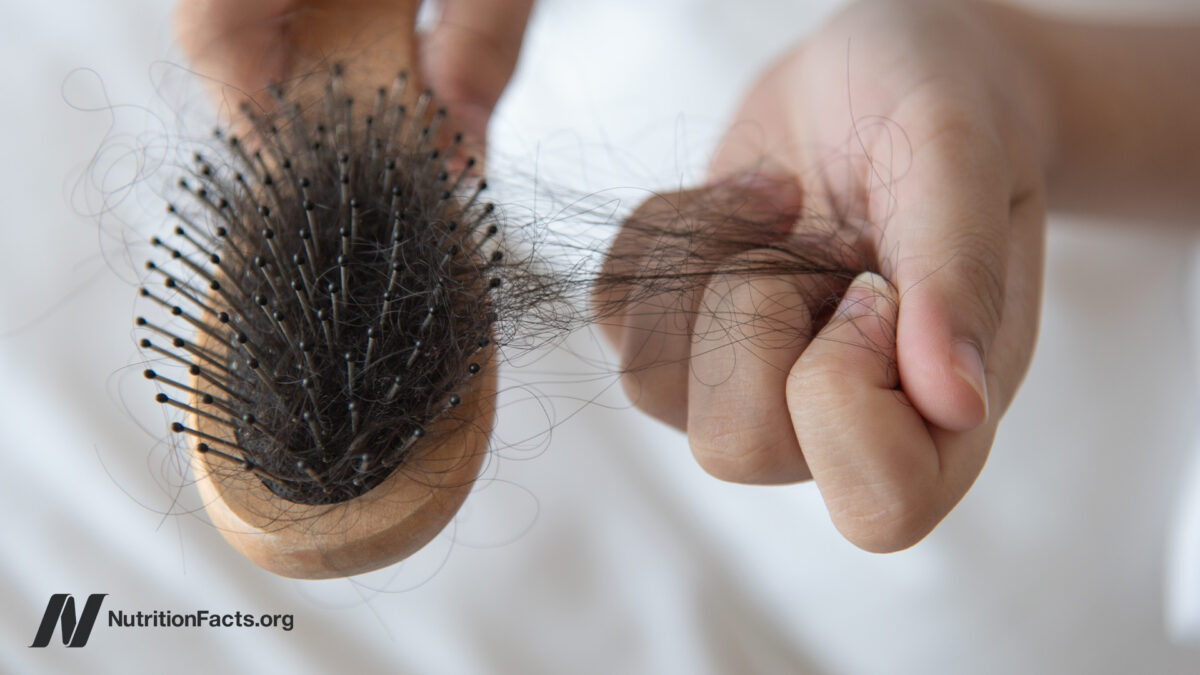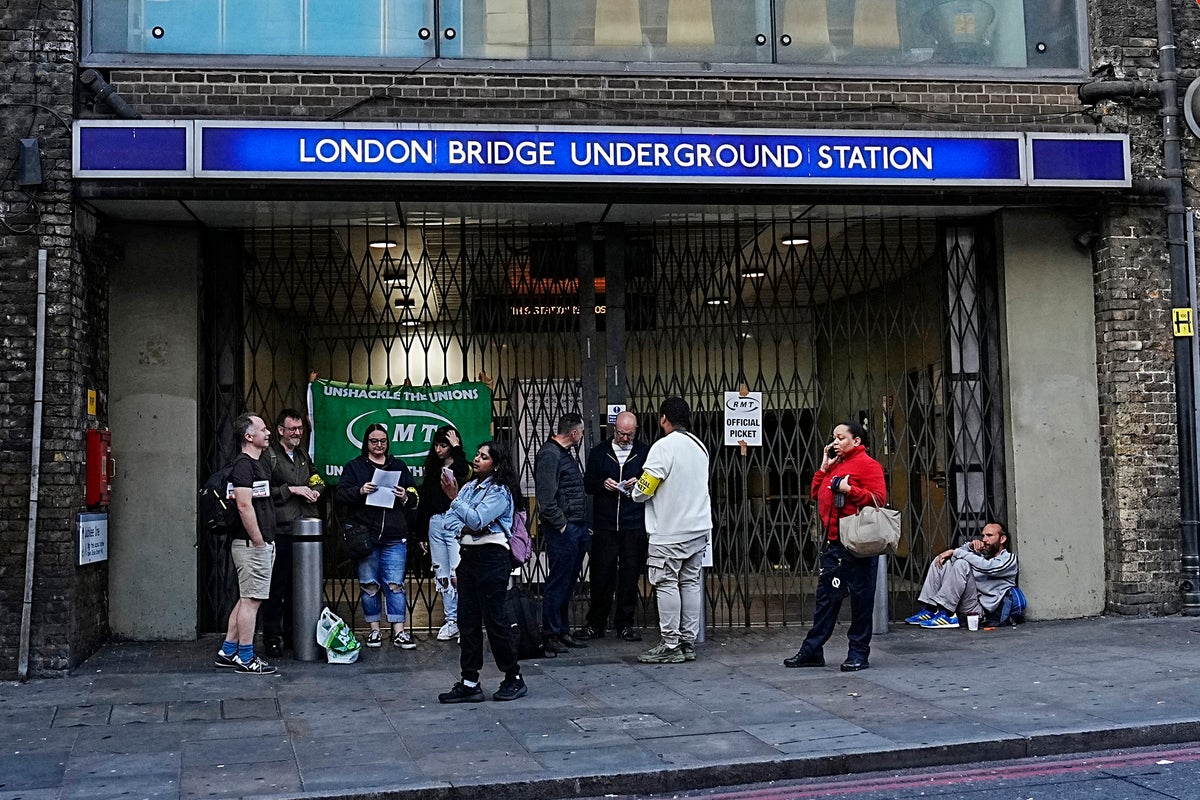How to Make a Mason Bee House for Your Garden
Gardeners know that having bees around is a big help in the garden. Some gardeners even turn to urban beekeeping to attract some industrious pollinators to the yard (and reap the reward: honey). If you’re not quite ready for...


Photo: Chatham172 (Shutterstock)
Gardeners know that having bees around is a big help in the garden. Some gardeners even turn to urban beekeeping to attract some industrious pollinators to the yard (and reap the reward: honey). If you’re not quite ready for full-on beekeeping, you can still get in on the game by attracting solitary bees with a mason bee house, which gives mason bees a place to reproduce. These species are usually indigenous, as they aren’t cultivated for their honey production and can still be industrious pollinators.
What you need to make a mason bee house
Materials for this project are dependent on the type of bee house you plan to make, but you will need one or more blocks of wood or boards, like some 2-by-4 scraps and some 1-by-6 scraps. In addition, you’ll need a chop saw, a nail gun and nails or a good old fashioned hammer, a drill, and a tape measure.
Mason bees nest in tube-shaped areas, so building them a home can be pretty simple. All they need is some tunnels drilled through a block of wood and a roof to keep the entrance dry. Some instructions use paper liners for the tubes to keep the inside of the nests clean and discourage fungus, but these are optional. Bee hotels that open up so that they can be cleaned between seasons are more convenient, but they are slightly more complicated to construct, so let’s not worry about making those for now.
How to build a mason bee house roof and structure
To start, you’ll need to create an overhanging roof for your bee house. To make a peaked roof, cut two pieces of one-by-six or a similar material with a 30-degree angle on one edge. Make sure the roof is wide enough to hangover the entrances to your planned house. Then, you need to nail the two pieces together along the 30-degree angle to form the peak.
Once you’ve got your roof, you can build a square box to hold your bee nests. The box should be large enough to accommodate your nests, so about 5 inches deep and as tall and wide as your roof will accommodate. You can use some 1-by-6 boards (or similar) to build a rectangle that’s 5-1/2 inches deep, about eight inches across the top and bottom, and as tall as you like. Next, cover the back side of the box with a 1-by-3 (or similar) and place your roof across the end of the box so the opening faces out. Nail it on. This is the structure that your bee nest tubes will go into.
How to make the nest tubes
To make the simplest nest tubes, you can drill holes in blocks of 2-by-4 with a 7/16-inch drill bit. First, cut your blocks to 5 inches long. Then, use an extra long bit to drill holes from the end of the block all the way through. It’s important that the holes go through so the bee nest tubes can be cleaned with pipe cleaners or water between nesting seasons. If you’re using this method, you can place your blocks with the holes facing out, and your bee hotel is ready to install.
To make tubes that are a little more complicated but simpler to clean, you’ll need a router and a ½-inch round-nose router bit. Use your router to rout ½-inch-by-½-inch channels into the boards you’re using for nesting. These boards can be 2-by-s6ix or 5 quarters-by-5 inches and should be cut to fit inside your bee box. Cut your channels about an inch apart from the front of your bee box to the back. Then, slide them into the box one on top of the other, and they will form bee tunnels. When it’s time to clean your bee box, you can slide them out and open up the tunnels, saving you some hassle.
How to maintain a mason bee home
Your bee hotel should be ready to install with whatever type of nest tunnel you’ve chosen to use. Check your local guides to see when the weather is warm enough for bees in your area, and place your bee hotel outside to attract some pollinating friends. Once the weather is cold enough for bee cocoons and no live bees are in residence, you should move the bee house into a garden shed, unheated garage, or similar protected space—but don’t clean it yet. Once it’s time for bees to hatch, you should place the bee hotel back outside and allow the nested bees to emerge from their cocoons before cleaning. Finally, you should carefully clean out the bee tunnels and dry it thoroughly to discourage fungus. Leave the cleaned nesting tubes out in their structure for new bees to occupy.

 BigThink
BigThink 































